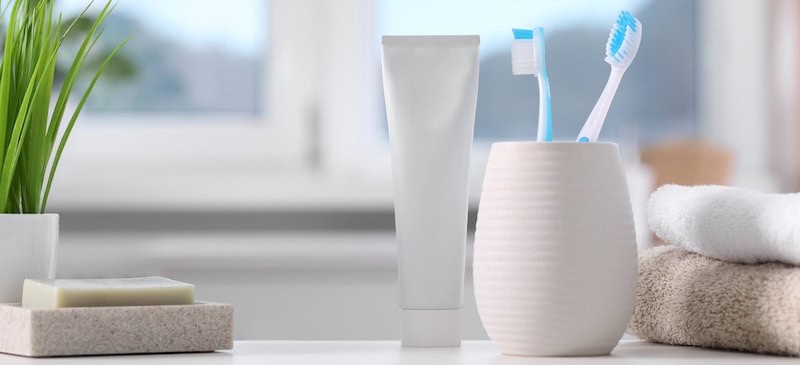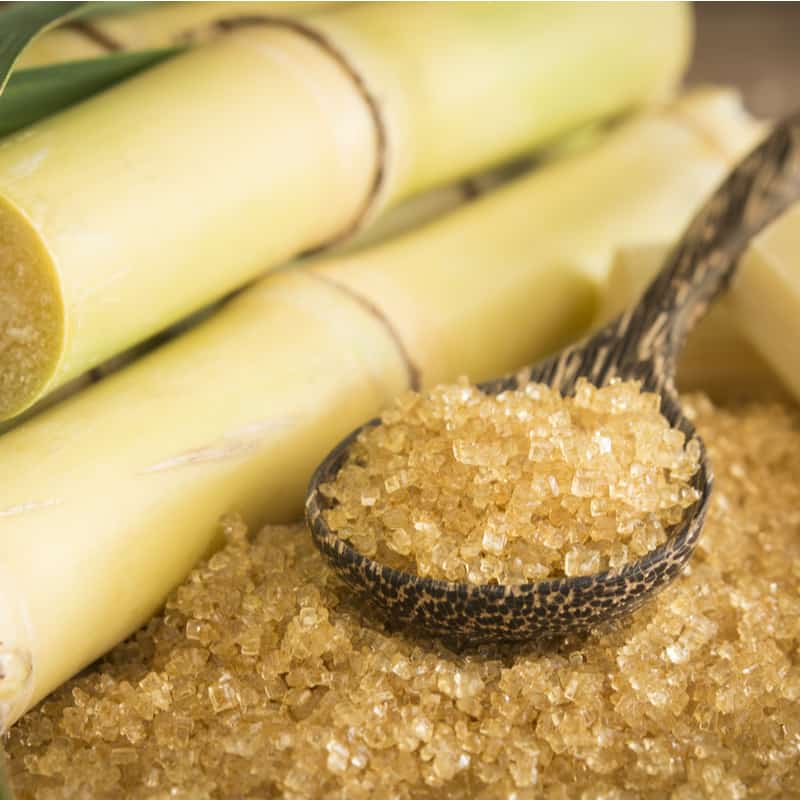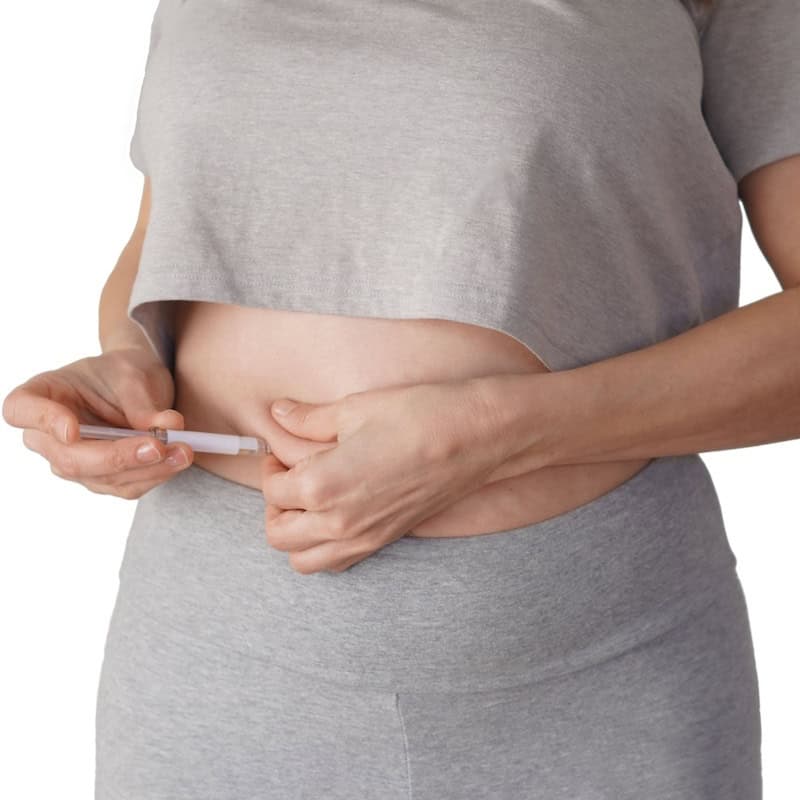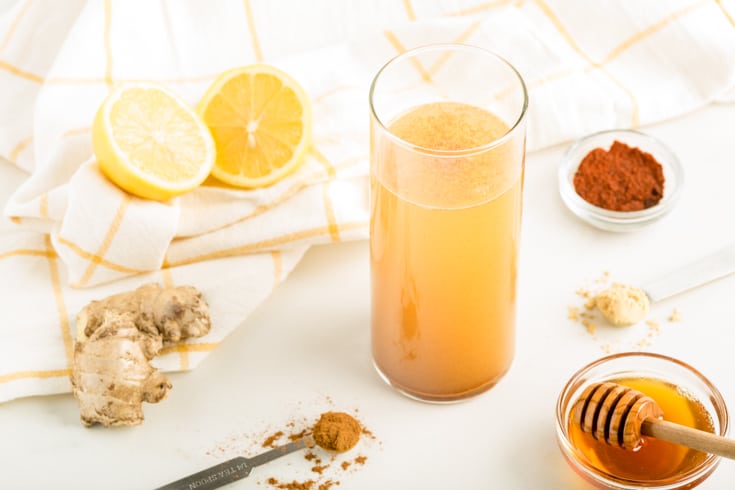This Dr. Axe content is medically reviewed or fact checked to ensure factually accurate information.
With strict editorial sourcing guidelines, we only link to academic research institutions, reputable media sites and, when research is available, medically peer-reviewed studies. Note that the numbers in parentheses (1, 2, etc.) are clickable links to these studies.
The information in our articles is NOT intended to replace a one-on-one relationship with a qualified health care professional and is not intended as medical advice.
This article is based on scientific evidence, written by experts and fact checked by our trained editorial staff. Note that the numbers in parentheses (1, 2, etc.) are clickable links to medically peer-reviewed studies.
Our team includes licensed nutritionists and dietitians, certified health education specialists, as well as certified strength and conditioning specialists, personal trainers and corrective exercise specialists. Our team aims to be not only thorough with its research, but also objective and unbiased.
The information in our articles is NOT intended to replace a one-on-one relationship with a qualified health care professional and is not intended as medical advice.
What Is Triclosan and Why Is It Banned in Some Products but Not Others?
February 28, 2025

Triclosan is a “super chemical” meant to fight the spread of germs, but with the emergence of drug-resistant superbugs, the question is whether it really fights the good fight or just creates bigger problems.
The answer is pretty straightforward. Triclosan is a major player when it comes to the problem of antibiotic resistance, which is becoming more common, and has become such cause for concern that the U.S. Food and Drug Administration (FDA) banned its use in over-the-counter antibacterial soaps in 2016.
What is triclosan?
Are you wondering what triclosan even is?
It’s a potent wide-spectrum antibacterial and antifungal agent used in many household products, such as hand soap, toothpaste, toys, bedding and beauty products. It fights against surface bacteria to help eliminate the spread of disease and infectious agents.
This chemical was first brought to market in the 1960s as a pesticide and for hospital use but was soon spread to the consumer market en masse. The chemical compound, which is an organic polychloro phenoxy phenol, breaks down to a dioxin when used in products after targeting bacteria through fatty acid synthesis.
Studies have suggested it has numerous and severe adverse health and environmental risks, especially after the compound degrades to dioxin.
The dangers of triclosan have been studied more and more in recent years, and the evidence is mounting of its negative effects on humans, animals and the environment.
There’s no good reason to use products containing triclosan, particularly through the use of antibacterial soap., since antibacterial soaps are no more effective than conventional soap and water.
Decades of FDA research (along with countless independent studies) have produced no evidence that triclosan soap provides any added benefits compared to old-fashioned soap. In fact, researchers have unearthed many possible health problems this chemical compound may contribute to, providing plenty of justification for the FDA ban on triclosan in over-the-counter products.
Dangers
1. Hormonal problems
Both animal and human studies have shown that triclosan alters testosterone and thyroid serum levels. It also affects estrogen adaptors and synthesis.
Since triclosan stores itself in certain cells and has been found to hide in breast milk and blood, according to the Environmental Working Group, it can have long-term hormonal effects that have a potential to be passed along, potentially affecting immune system health, fertility and pregnancy.
The hormonal effects impact the entire endocrine system, from vital organ growth and response to the release of essential chemicals in the body, making this dangerous substance an endocrine disruptor.
2. Allergies
Triclosan exposure may help lead to the development of allergies, especially a problem with children and their young, developing immune systems. It changes the bacterial flora on the skin of susceptible, growing children.
Hay fever, asthma and seasonal allergy symptoms in children are a large concern with using products that contain triclosan.
A 2013 Norwegian study looked at the effect of triclosan on 10-year-old children. The study found that triclosan concentrations in urine samples were associated with allergic sensitization, especially inhalant and seasonal allergens, rather than food allergens.
The study found that triclosan levels measured in urine were associated with elevated levels of immunoglobulin E and rhinitis (blocked nose/hay fever) in the 623 children studied.
Studies in the U.S. have yielded similar results.
3. Cancer
When triclosan degrades, it turns into dioxin. Dioxin is a carcinogen and has been linked to different types of cancer.
In fact, triclosan can manifest itself in the body as a producer of uncontrolled cell growth. When combined with chlorinated, toxic tap water, it was found to form chloroform, which is another carcinogen.
Research conducted on both animals and humans has shown that long-term exposure to triclosan may cause liver damage, including cases of liver cancer. The carcinogenic properties of the degraded compound in conjunction with its interaction of reducing positive bacterial flora is highly concerning for cancer growth.
4. Environmental hazards
The chemical’s dioxins leak into the water supply and when mixed with UV radiation exposure (sunlight) can have seriously negative environmental impacts.
Studies have shown that this dangerous substance has been present in up to 60 percent of U.S. streams and rivers from being washed down our drains on a daily basis. It can damage aquatic animals and plant life, kill algae, and affect and even change hormones and sex of fish.
It has been found in fish, dolphins, marine worms and even earthworms. The fact that scientists have found triclosan in dolphins that swim off the East Coast of the U.S. shows that it has gotten deeper into the environment and moved through the ocean’s food chain.
It’s also been detected in the Great Lakes, increasing water toxicity.
5. Antibiotic resistance
A 2019 study published in Antimicrobial Agents and Chemotherapy examined the effects of triclosan on bacterial tolerance to antibiotics. Researchers found that exposure to clinically relevant concentrations of triclosan significantly increased tolerance of Escherichia coli and methicillin-resistant Staphylococcus aureus (MRSA) to bactericidal antibiotics, up to a 10,000-fold increase in vitro.
In a mouse urinary tract infection model, triclosan exposure reduced antibiotic efficacy by up to 100-fold. The study also noted that approximately 75% of U.S. adults have detectable levels of triclosan in their urine, with over 10% reaching concentrations equal to or exceeding the minimal inhibitory concentration for E. coli and MRSA.
These findings suggest that widespread use of triclosan may inadvertently promote antibiotic tolerance, raising concerns about its inclusion in consumer products.

What products contain triclosan?
We live in a world currently suffering from a serious case of antibacterial overkill. There are many products on the shelves today that contain triclosan, but remarketing efforts have manipulated labels so you can’t just look for “triclosan.”
Companies have labeled the chemical catchy words like “BioFresh” and “MicroBan,” as well as Irgasan, Lexol, Ster-Zac and Cloxifenolum. The umbrella of products that contain the chemical is growing, including bedding, cutting boards and even workout clothes.
Popular products that contain the chemical include antibacterial hand and body soaps, toothpastes, mouthwashes, cosmetics including foundations and moisturizers, first aid products, kitchenware, office supplies like pencils and binders, humidifiers, filters, and more.
Some popular brand names that use it in some or all of their products include Colgate, Arm and Hammer, Queen Helene, Garden Botanika, Reach, Tea Tree Therapy, CVS, BioFresh and more.
In the U.S., it’s no longer allowed to be used in over-the-counter antibacterial soaps, but it’s still allowed in other products, including:
- Aftershave
- Body sprays and deodorants
- Cosmetics
- Creams and lotions
- Detergent and dishwashing liquids
- Facial cleaners
- Mouthwash
- Toothpaste
It’s also often used in pesticides, textiles, clothing, shoes, carpeting, furniture, toys, kitchenware, conveyor belts, HVAC coils, flooring, shower curtains, mattresses and more.
Even if you have been careful in avoiding the toxic chemical in your household, you probably have come in contact with triclosan in some aspect of your life. In fact, a study from 2007 showed that triclosan was present inside 75 percent of Americans!
Are there any potential benefits?
While it has been largely phased out due to health and environmental concerns, some potential benefits of triclosan include:
- Antibacterial properties. Triclosan is effective at killing or inhibiting the growth of bacteria, which is why it was used in soaps, hand sanitizers and other hygiene products.
- Plaque and gingivitis reduction. Some toothpaste formulas containing triclosan have been shown to reduce plaque, gingivitis and cavities more effectively than fluoride-only toothpaste.
However, concerns about triclosan’s potential health risks, such as hormone disruption, antibiotic resistance and environmental persistence, have led to its ban in many products. Even though its use in over-the-counter antibacterial soaps in the U.S. was banned in 2016, it is still found in some products, like certain toothpaste and medical-grade antimicrobial treatments.
Risks and side effects
When you use a product containing triclosan, you can absorb a small amount through your skin or mouth. Triclosan side effects are similar to their dangers.
Immediate side effects for triclosan toothpaste and other triclosan products are endocrine-based, as well as epidermal.
Triclosan is also a lipophilic. That means it stores itself inside fat cells in your body and can manifest itself in breast milk, urine and blood. These can lead to long-term and chronic side effects.
Triclosan also destroys good bacteria and T-helper cells. Bad bacteria’s longtime exposure to triclosan has allowed adaptation for the germs.
Triclosan has also been linked to muscle weakness in animal research. When University of California at Davis researchers exposed the individual muscle fibers of fish and mice to triclosan, they found it impaired the normal contraction mechanism of muscle fibers.
Both skeletal and cardiac muscle no longer operated normally, and this was true when the mice and fish were tested themselves or their muscle fibers were examined individually in a test tube. Mice also showed up to a 25 percent reduction in heart function measured within 20 minutes of exposure to triclosan.
Experts say these animal studies should serve as a warning to humans of potential dangers of triclosan exposure.
Final thoughts
- Triclosan is a broad-spectrum antibacterial and antifungal chemical commonly used in consumer and industrial products to prevent bacterial growth.
- It was originally developed in the 1960s as a pesticide and for hospital use but later expanded into everyday items, such as antibacterial soaps, toothpaste, cosmetics, toys, bedding and cleaning products.
- Triclosan works by disrupting bacterial fatty acid synthesis, effectively killing or inhibiting the growth of bacteria. However, concerns about its safety have grown due to potential health and environmental risks.
- Studies have shown that triclosan may contribute to antibiotic resistance, hormone disruption, allergies, cancer risk and environmental contamination.
- Due to these concerns, the FDA banned triclosan in over-the-counter antibacterial soaps in 2016, though it is still found in some products, such as certain toothpaste and medical-grade antimicrobial treatments.








